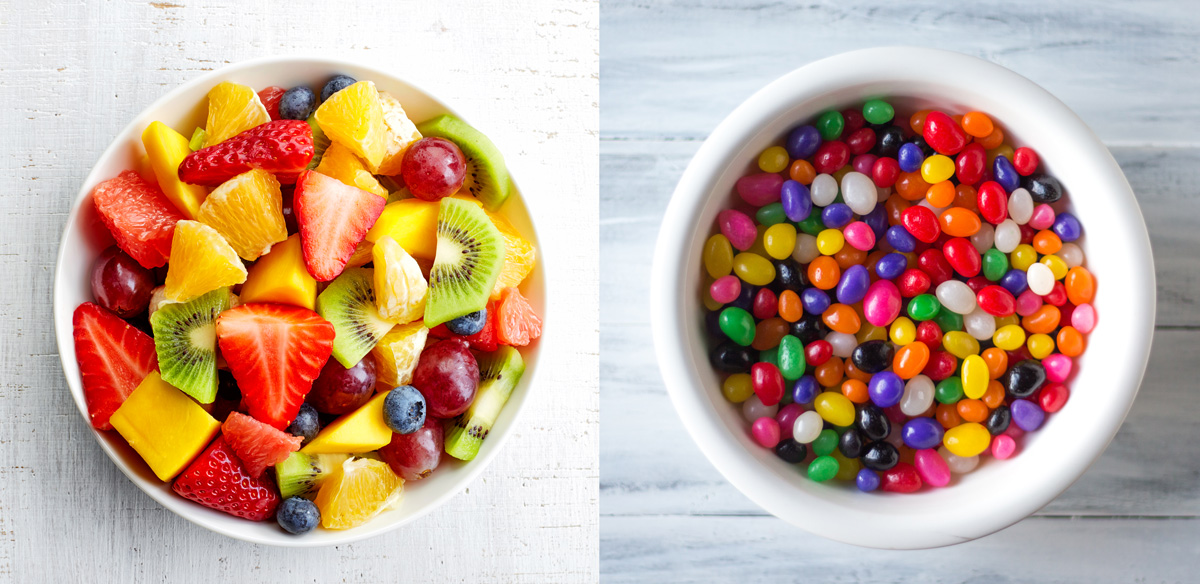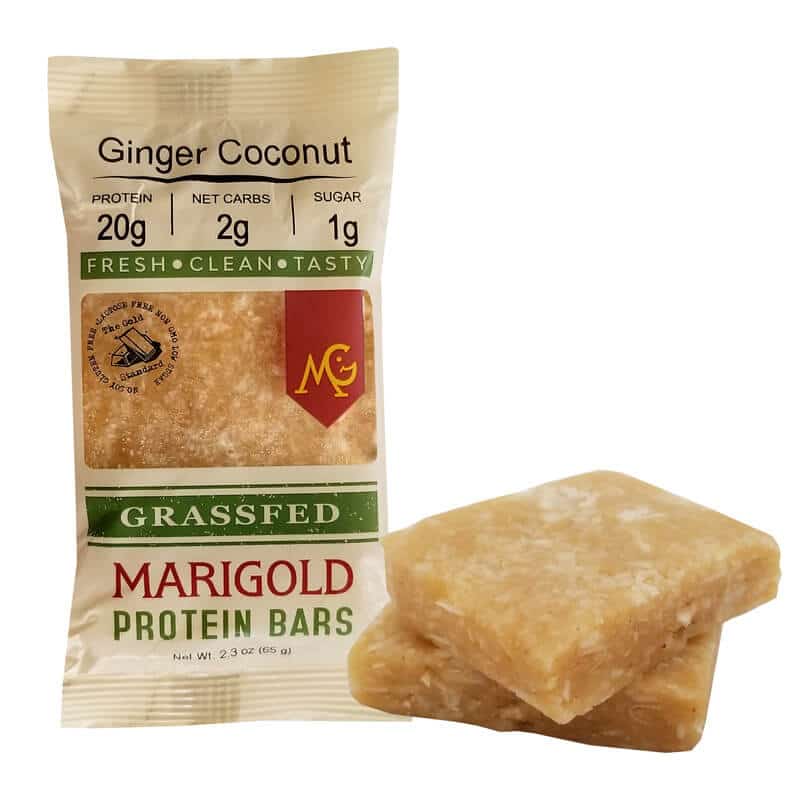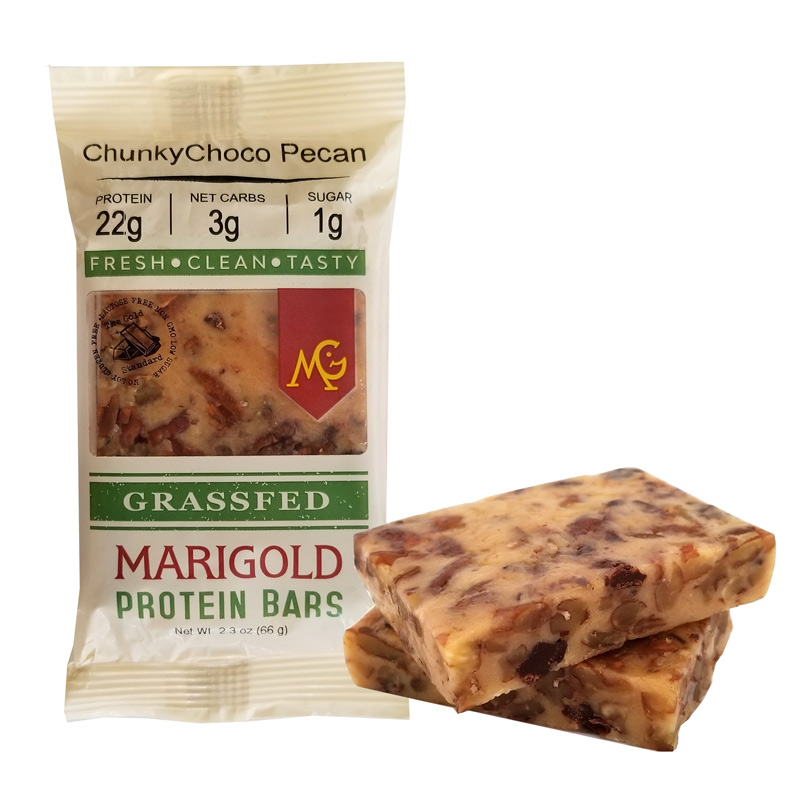Did you know the average American consumes about 152 pounds of sugar each year? This equates to roughly 22 added teaspoons of sugar per day, with children consuming about 34 teaspoons each day!!?
Now don’t get me wrong, I just as much as anyone loves a nice slice of carrot cake and rarely turn down the waiter’s offer to see the dessert tray, but as with most anything in life and health, balance is the key!
Recent research has found that consumption of added sugars has been implicated in increased risk of a variety of chronic diseases, including cardiovascular disease, diabetes and obesity…to name a few.
What Is Sugar and Why Doesn’t It Get a Gold Star For Health?
When we are talking about sugar we have to understand that we can break down this category a bit further into “natural” and “refined” sugars.
Natural Sugar
Natural sugars are found in things like fruit (fructose) and in dairy products (lactose).
Refined Sugar
Refined sugar can comes from sugar cane, sugar beets, or corn which are all processed to extract the actual sugar. Refined sugar has even been categorized as a non-food. First let me define what is referred to as a non-food; a non-food is any food that costs more in nutritional value to digest, absorb and eliminate than it delivers.

After the processing of sugar, all that is left is a pure, refined carbohydrate. Since sugar is devoid of any nutritional factors (let’s call it nutritionally neutered), which are necessary in aiding digestion, metabolism and elimination, incomplete carbohydrate metabolism results.
Why is this bad? Well, because pyruvic acid accumulates in the brain and nervous system, and the sugar accumulates in the red blood cells. The sugar in your red blood cells can essentially “hook up” with the lipids in your blood and form what is known as Advanced Glycation End Products (AGEs), which has been shown to be a factor in aging and in the development of many degenerative diseases, such as diabetes, atherosclerosis, chronic kidney disease, and Alzheimer’s disease.
These metabolites (or end products) disrupt the respiration of the cells in your body, and the cells cannot get enough oxygen to survive and function (insert feeling the sugar crash). Over time, some of the cells completely die, which interferes with the functioning of many parts of the body and begins the process of degenerative disease (many of the same listed above …. Diabetes, Alzheimer’s, Insulin Resistance, Age Related Macular Degeneration, Obesity).
How Excess Sugar Effects our Bodies
In the liver, excess sugar is stored in the form of glycogen. The liver only has a limited amount of storage space; so any intake of sugar that exceeds the liver’s capacity will make the liver actually expand. When the liver is full, the excess glycogen is returned to the blood in the form of fatty acids.
These fatty acids are taken to every part of the body and stored as fat in the most inactive areas, such as your stomach, butt, and thighs (no brownie is worth that). When these areas then become completely filled with fat, fatty acids are then distributed to other active organs, such as the heart, liver and kidneys. These organs begin to slow down, and their tissues begin to degenerate and turn into fat. This clearly is going to affect the whole body; your blood pressure begins to rise, the circulatory and lymphatic system (which deals with your immune function) begins to change the quality of your red blood cells (which carry oxygen throughout your body), and lastly an overabundance of white cells occurs and inflammation commences.
Excessive sugar consumption can also lead to an increase of inflammatory biomarkers, suppressed immune functioning and even the accumulation of Tau Tangles (which is associated with Alzheimer’s disease). Chronic, low-grade inflammation has been found to be a key factor in the development of cardiovascular disease, diabetes, dementia and depression.
High-fructose corn syrup seems to be one of the biggest culprits as well, as it is one hundred percent metabolized by the liver, which can lead to NAFLD (non-alcoholic fatty liver disease) and elevated blood lipids. Excessive sugar can be more problematic than cholesterol for those lab panels and excessive sugar consumption can actually make your red blood cells more “sticky” putting you at an increased risk for vasoconstriction of your arteries and increasing levels of C-Reactive protein (a marker of inflammation.
What Do The Authority Figures Have to Say?
We know nowadays it’s rare that anyone can agree on anything, but there is some general consensus amongst health governing agents that agree we could all benefit from reducing our sugar intake.
The American Heart Association (AHA), the American Academy of Pediatrics (AAP) and the World Health Organization (WHO) all recommend to limit free sugars intake to less than 10% of the total energy intake for adults and children; they also add that making an additional 5% reduction in sugar would provide additional health benefits.
The empty calories that are found in added sugars are especially important to be aware of for young children, as it can hinder the proper growth and development, due to the lack of nutrients. This is not to be confused with natural sugars (although we should keep an eye on those as well), which can be found naturally in fruits and some veggies. Added sugars can be defined as all those sugars added to food or drinks, which can include honey, syrups, fruit juices, artificial sweeteners and straight up table sugar and brown sugar.
Recommended Limits According to Research
Some research claims that excessive sugar consumption is associated with increased risk of developing obesity, cardiovascular disease (CVD), type-2 diabetes mellitus (T2DM), metabolic syndrome, nonalcoholic fatty liver disease (NAFLD). The American Heart Association (AHA) suggests that we do not consume more than 6 teaspoons (25 grams) of added sugar per day for women and 9 teaspoons (38 grams) for men, and the AHA says that the limit for children can vary depending on their age and caloric needs, but generally range between 3-6 teaspoons (12 – 25 grams) per day.
Newer research from the U.S. National Institute on Drug Abuse has shown that sugar can actually cause changes in people’s brains, similar to those found in people addicted to drugs and alcohol, which can actually lead to further sugar cravings (thanks dopamine). This may explain why you often can’t stop at just one Oreo.
Do I Have To Totally Give Up Sugar?

The short answer…kind of. Most of the research that exists about the negative health effects associated with sugar is on “added refined sugar” …aka eating more sugar than we need/what is recommended, as well as artificial sweeteners. A little sugar every once in a while won’t kill you (remember the dose makes the poison, as they say) but let’s try and practice moderation and save it for the REAL thing. Did your mom make homemade brownies for the holidays that she only makes once a year or are you binge eating 7-11 check out brownies? #balance #memories
Maybe the next time you’re thinking about going on a sugar bender you can read this and stop at just one cookie (hopefully it’s homemade or from your favorite Italian bakery…I feel those calories count less).
Low Sugar MariGold Bars
All of our MariGold Protein bars are low sugar and high protein with premium ingredients! Here are some of our bars with the lowest sugar (only 1 gram!).

Author: Brianna Diorio
FDN-P, Holistic Lifestyle Coach, NASM – CPT
Brianna Diorio is a clinical nutritionist and holistic lifestyle coach, as well as one of our MariGold Ambassadors.
“These bars are truly delicious and nutritious, my favorite combination!”







